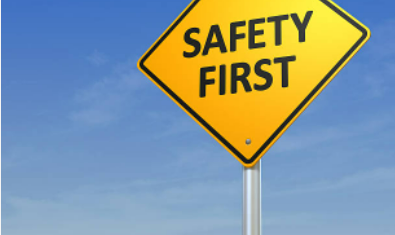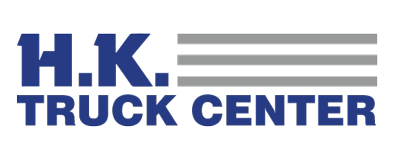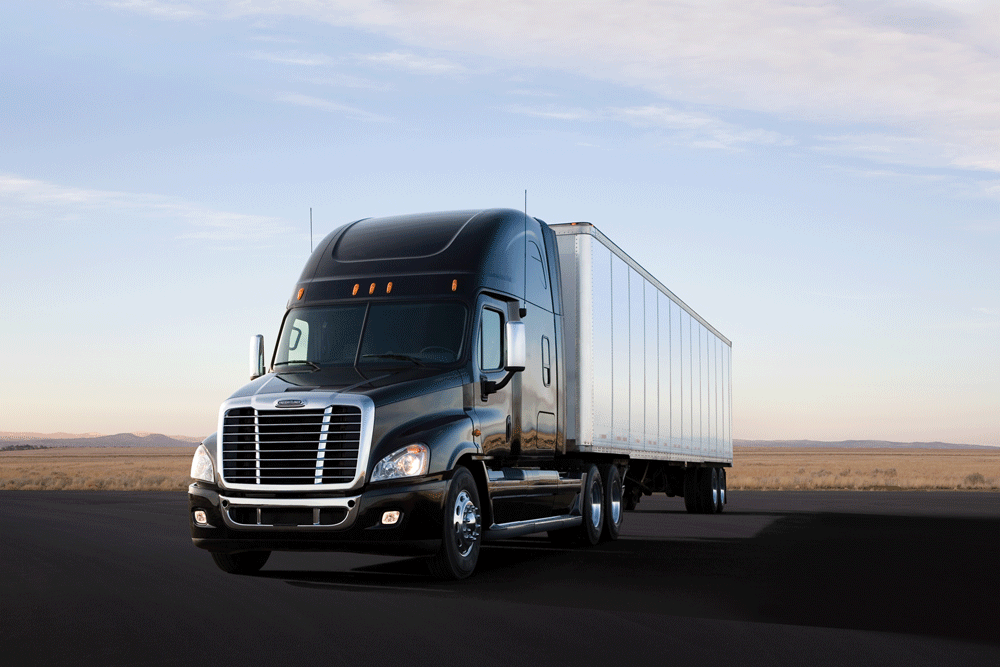
Don’t Cut Safety to Cut Costs; Invest in It
Whether it’s the pandemic, lack of new truck allocations, parts shortages, inflation, high diesel prices, or a need for more qualified technicians, the trucking industry (along with most other businesses) is facing increasing headwinds. That’s forcing CEOs, CFOs, and Fleet Managers to find ways to cut costs. The biggest mistake would be to look at cutting safety (or simply not investing in it) as a way to achieve their goals.
Obviously, horrific crashes like the one that occurred recently on Interstate 81 in Pennsylvania, are still going to happen. That one was a combination of a snow squall and fog that severely limited visibility along with speed and icy roads. In a case like this, there is little that technology can do – at this point. But most accidents and crashes aren’t caused by such horrendous weather conditions. In fact, only 20 percent of highway crashes are caused by bad weather. That still leaves 80 percent that occur on roads that should be easy to maneuver. So, anything that can make your trucks and drivers safer is something you should be considering.
“Safety first” is the prevailing mantra for fleets and that’s backed up by action according to the National Private Truck Council (NPTC) in 2021 benchmark report (which actually reports on key metrics from 2020). It notes that “Private fleets are major adopters of safety technologies, with significant gains this year in areas such as in-cab cameras, adaptive cruise control, and advanced driver assistance systems (ADAS) like collision warning and lane departure warning.”
And it’s far from hype. The technology really does what it’s supposed to do…help reduce accidents and injuries. A 2021 Bosch Research study found that “injuries in truck crashes were potentially reduced by nearly a quarter (23%) if the truck triggered the accident.” And data from the Insurance Institute for Highway Safety stated that fleets can reduce front-end commercial vehicle accidents by 44 percent by adding forward collision mitigation technology.
This new technology is more expensive, and repairs for this technology are likely to be higher than for trucks without that technology, but you have to look at it over the long haul. Anything that reduces the potential for accidents will ultimately cut costs in the end. In an age of nuclear verdicts and soaring insurance rates, safer trucks (and drivers) will help reduce both.
Investing in safety doesn’t mean just investing in technology
Too many people rely on technology as the only way to deal with an issue or problem. But there are two very important steps fleets can take to promote and invest in safety…and they don’t rely on the most advanced technology…just common sense
Vehicle Maintenance – The best way to keep your vehicles safe and road-ready is to make sure to conduct regular preventive maintenance on every truck in your fleet. When to perform that maintenance depends on a few issues. First, there is a mandatory annual inspection for maintenance required by the FMCSA. Second, there are preventive maintenance schedules based on OEM and component manufacturers’ recommendations related to warranty coverage. Other than those, preventive maintenance is not a one-size-fits-all practice.
Obviously, the older the vehicle, the more likely maintenance would be needed and the potential for breakdowns greater. For these older trucks, the time between PM would be shorter than newer trucks. Some fleets create their PM schedules based on miles travelled; other on hours spend on the road.
Preventive maintenance can catch problems that are just starting, like worn parts or components, and deal with those issues before they turn into problems that would keep those trucks in a shop rather than on the road. Plus, a truck that is well-maintained will likely be more fuel-efficient. And with the cost of diesel soaring, that point gains continually greater importance.
Some smaller fleets, however, are concerned with the cost of creating a maintenance facility, maintaining parts and components inventory, and hiring qualified technicians, especially as truck technology keeps advancing, which means re-training technicians and potentially new tools and software which need to be purchased. For those smaller fleets, working with a third party for contract maintenance makes sense; many of these third-party partners also offer much more than simply PM. For example, NationaLease, in its contract maintenance offering covers, in addition to basic preventive maintenance, pre-delivery inspection, complete overhauls, comprehensive parts inventory, Vehicle Condition Report (VCR) in compliance with DOT, 24/7 emergency road service, and more. When a fleet takes all of that into consideration, the positive ROI of this relationship should be clear.
Driver Training – Regulations change, truck technology changes, but the drivers remain the same. That means fleet managers need to have ongoing conversations, meetings, and training sessions with their drivers, ensuring they are up-to-date and committed to compliance. Safety should be stressed constantly, so even if no regulations have changed and technology is not any different, fleets should still be reinforcing the issue of safety first. At least once a month, managers should meet with drivers, either in person or online, to not only talk to the drivers, but also to listen to them. These are the people that confront complications on a daily basis. Listening to their concerns will help management develop training programs that will improve performance, and thereby, safety. Any costs incurred for these sessions will easily and quickly be recouped by having better, safer drivers on the road.
The bottom line: spending money on safety now will result in big savings down the line.

About Jane Clark
Jane Clark is Vice President of Member Services for NationaLease. Before joining the full service truck leasing organization, she served in executive positions with some of the nation’s top staffing and recruitment agencies.




